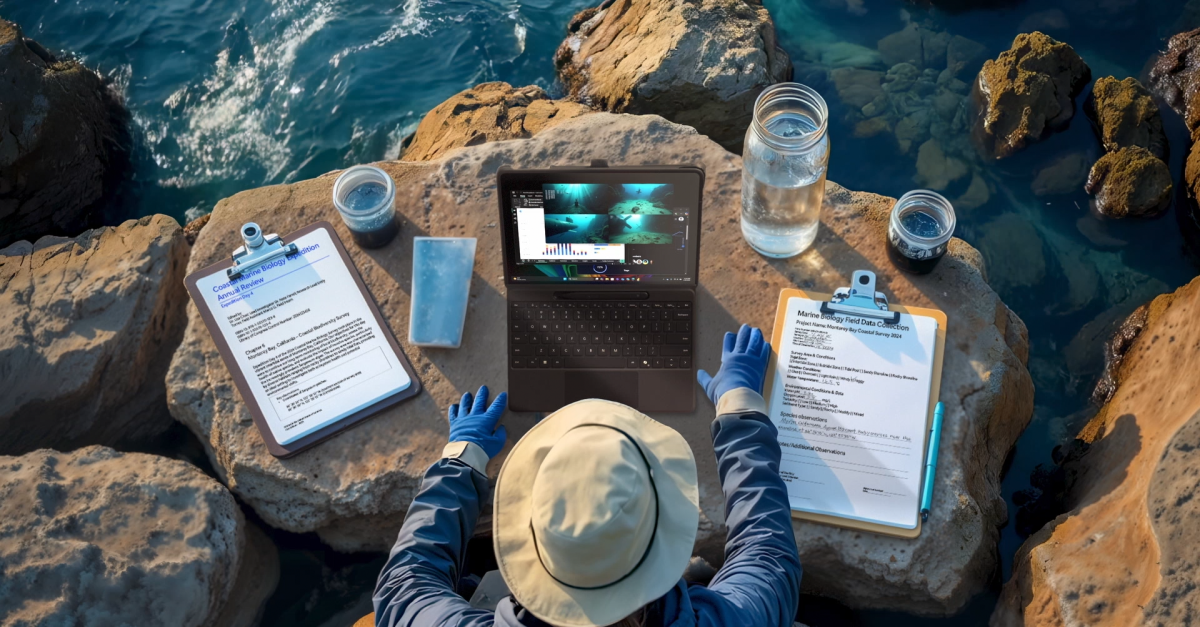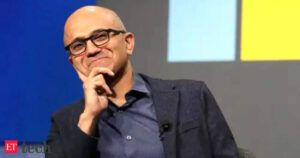Microsoft Created an Ad Using Generative AI that Went Unnoticed

Microsoft Uses Generative AI for Surface Pro Advert
Introduction to the AI-Generated Advert
Microsoft has unveiled a unique advertisement for its Surface Pro and Surface Laptop products, featuring a blend of generative AI. Interestingly, the ad was released on January 30 but garnered little attention regarding its AI components until recently. This highlights how seamlessly AI can be integrated into creative projects.
The Creative Process Behind the Ad
Writing and Storyboarding
According to a blog post from Microsoft Design, written by Jay Tan, the process began by using AI tools to develop critical elements like the script, storyboards, and pitches. The creative team employed a mix of written prompts and sample images to interact with chatbots which generated text prompts suitable for image creation.
Generating Visual Content
The team utilized AI image generators, including Hailuo and Kling, to create visuals for the advertisement. The generated images underwent multiple revisions to correct any inaccuracies, known as "hallucinations," before they were incorporated into the ad. The visual design team emphasized that it took numerous prompts to achieve the desired results, adjusting the outputs steadily until they were satisfied.
- Initial Prompting: Using chatbots to create effective narrative elements.
- Image Creation: Feeding modified text into image generators like Hailuo or Kling.
- Iterations and Edits: Fine-tuning the visuals to ensure quality and coherence.
Filming Live Action Shots
While some elements of the advertisement were created using AI, the team decided that certain intricate movements, such as close-ups of hands typing, had to be filmed live. This approach combined generated visuals with real footage, creating a balanced final product.
Cisco McCarthy, the creative director for the project, explained that they went through thousands of prompts to refine their results, signifying the complexities involved in using AI. Despite the effort, Brian Townsend, a visual designer, noted that the team overall saved about 90% in both time and costs compared to traditional advertising methods.
Audience Response and Impact
Despite being online for almost three months with around 40,000 views, there has been minimal recognition from viewers about the AI involvement in the ad. Analysis of comments shows that audience members have yet to identify or speculate on the AI-created elements.
Identifying AI Elements in the Ad
Knowing that AI was part of the production, some viewers might notice telltale signs of its use. For example:
- Unnatural Handwriting: Meeting notes that appeared too perfect.
- Suspiciously Large Objects: A Mason jar that seemed out of proportion.
- AI Characteristics: A slight sheen or unusual detail that suggested AI generation.
These discrepancies are subtle, and the quick editing of the advert helps to disguise any imperfections in the AI-created segments. This suggests that, when utilized skillfully, AI technologies can create high-quality output that blends well into professional advertising.
The Future of AI in Advertising
The successful integration of AI in this Microsoft commercial may pave the way for greater use of these technologies in advertising and marketing. As companies continue to embrace AI tools, we may see a transformation in how content is created and perceived by audiences, allowing for more innovative and cost-efficient advertising strategies.






